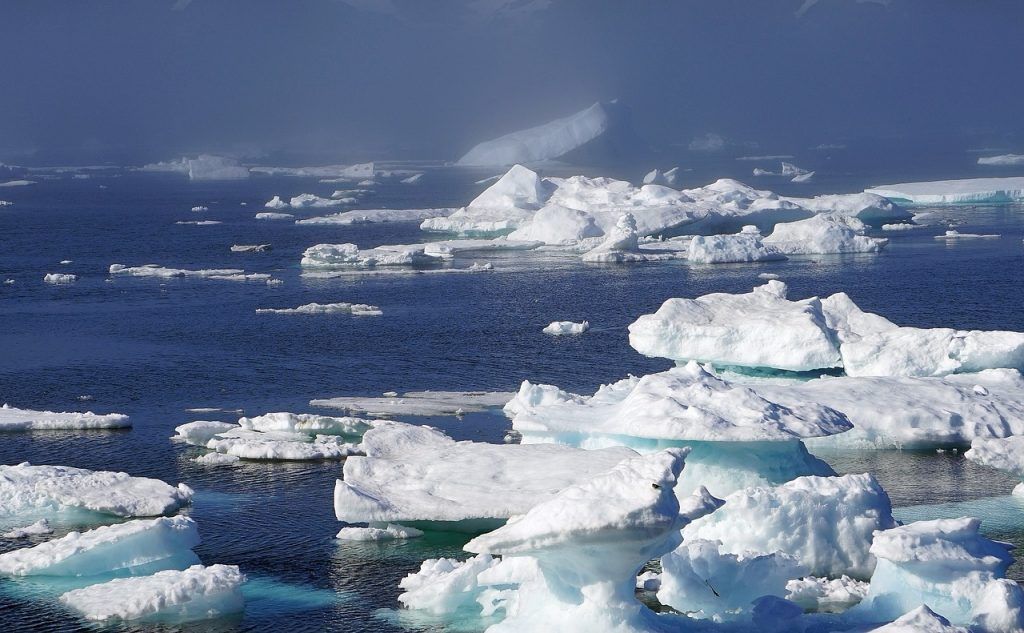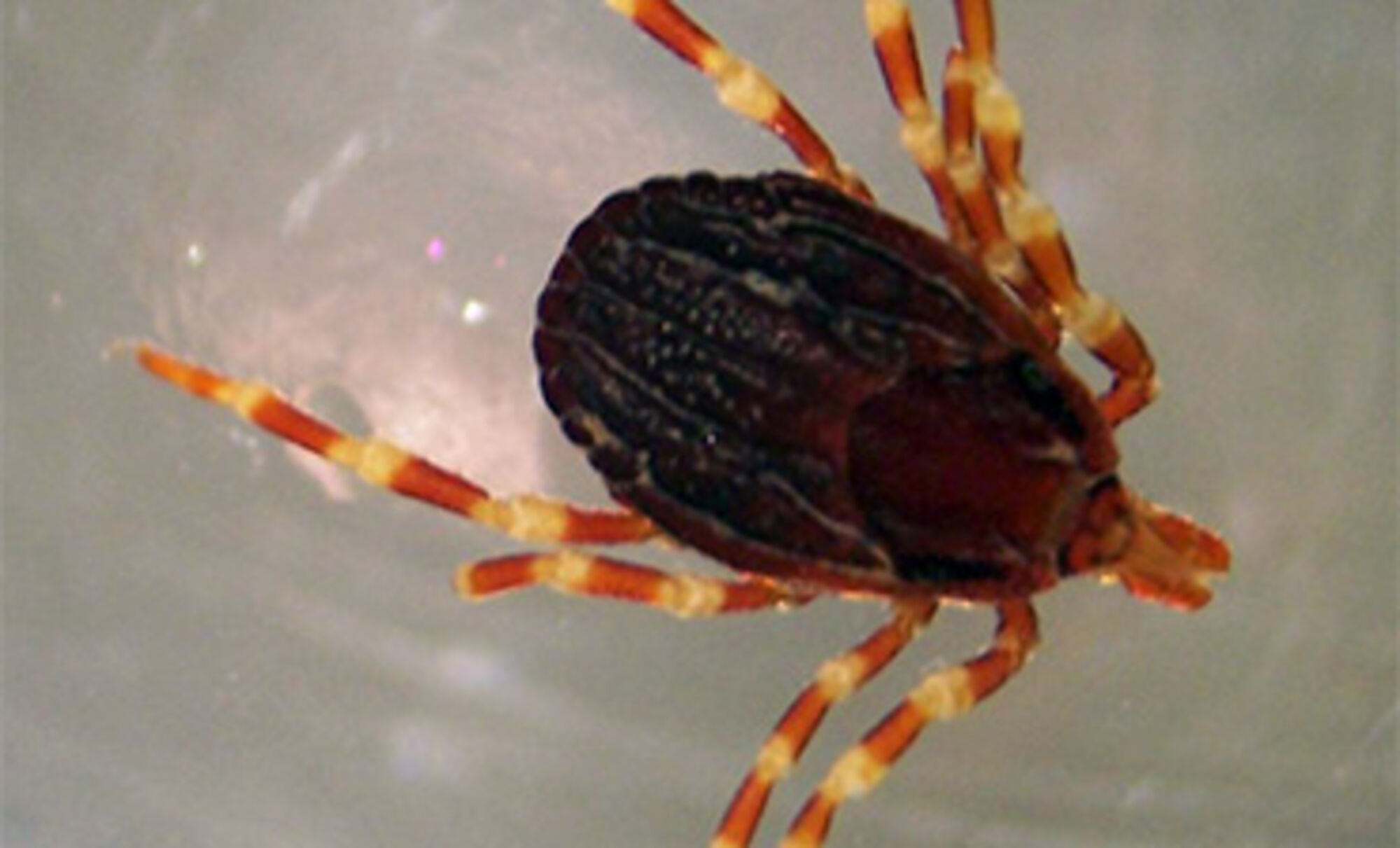Ocean currents catalysed by extreme weather have led to more sightings of unusual marine wildlife in Danish waters.
Henrik Carl, a fish specialist at the Natural History Museum of Denmark and head of the Danish fish atlas, said this season has led to more foreign marine wildlife being found off Danish shores. And it's not because of the record temperatures this year, he contends.
”The arrival of new types of jellyfish and exotic fish is not only down to warmer sea waters here, but the currents that bring large amounts of saline-rich oceanic waters in,” Carl told DR Nyheder.
”When the wind and currents come from a certain direction, the wildlife follows along in the water.”
READ MORE: Fish stock to scale up in Danish waters
Higher salt concentrations
There have been several sightings of the odd-looking ocean sunfish in Danish waters recently, and Carl revealed that other species not native to Danish waters have also been found, such as the gilt-head bream, striped red mullet, and several types of octopuses and jellyfish.
Normally, the Danish waters don't contain much salt, because much of the water comes from the Baltic Sea, which is largely made up of fresh water from rivers in the Baltic Region and Russia. That's why there are so many freshwater fish in the sea off the eastern coast of Denmark.
But an increased number of dead freshwater fish washing up on the eastern shores indicates there is more salt-rich water moving into the area. In 2014, a record 70 ocean sunfish were found in Denmark, compared to the previous record of just 16 in 2009.
”Usually, freshwater fish can survive in areas like Køge Bay, but when the salt concentration of the sea rises, they die and we've seen that several times over the past year,” Carl said.














